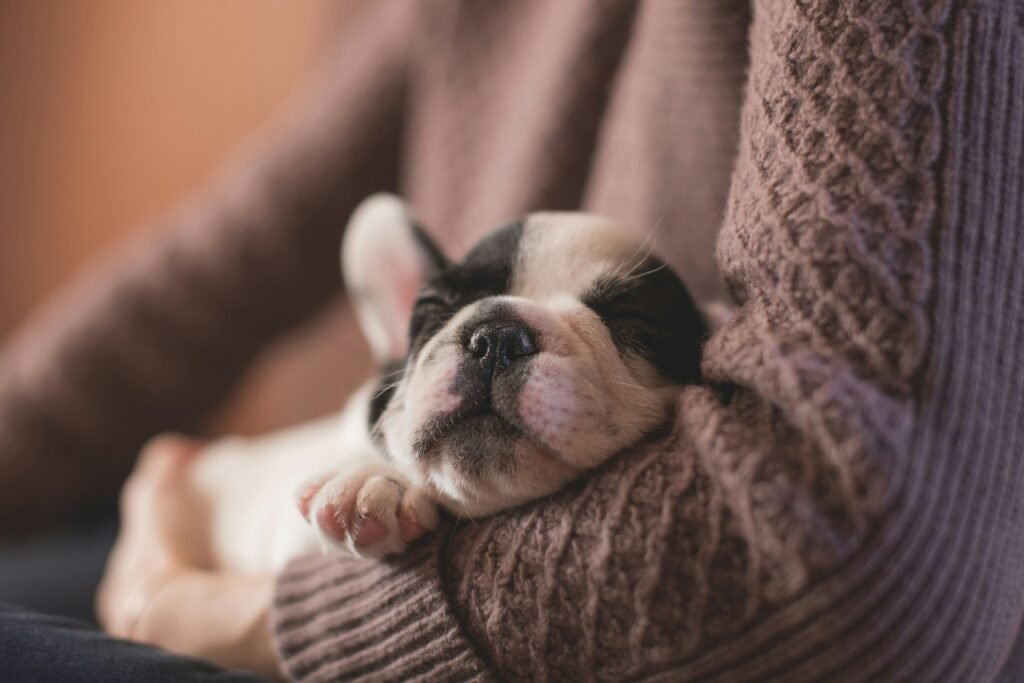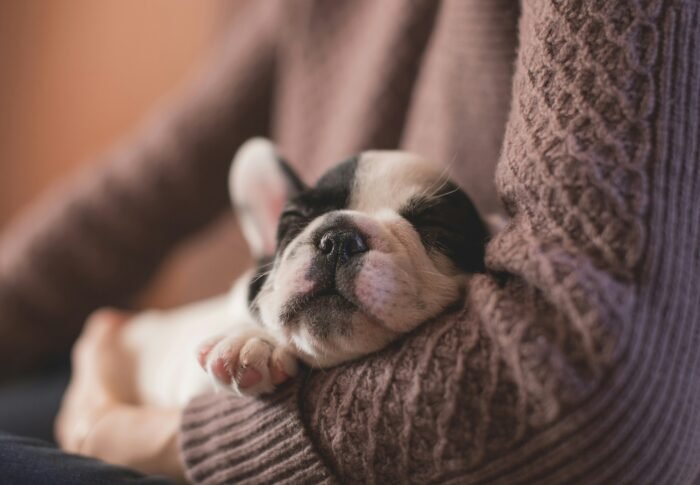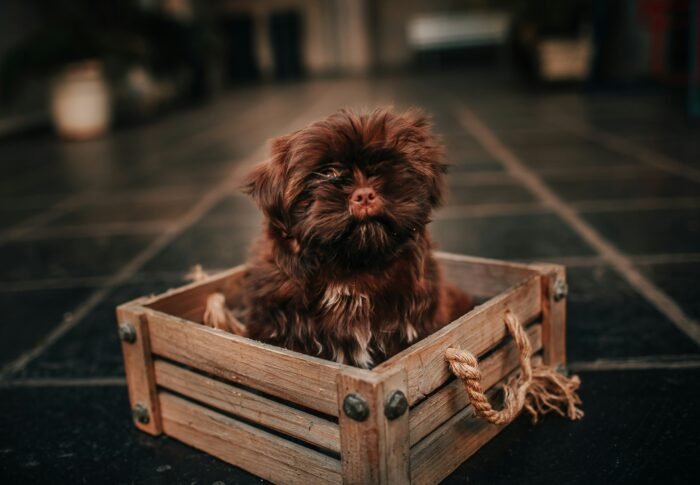
Choosing the Perfect Puppy Crate Size
Choosing the Perfect Puppy Crate Size
Are you a new puppy owner looking for the perfect crate for your furry friend? It’s important to choose the right crate size to ensure your puppy’s safety, comfort, and overall well-being. In this guide, we will help you determine the perfect crate size for your puppy to make crate training a positive experience for both you and your new companion.
Find products like these on Amazon!
Why Crate Size Matters
Choosing the correct crate size is crucial for your puppy’s development and overall happiness. A crate that is too small can make your puppy feel cramped and uncomfortable, while a crate that is too large can lead to accidents inside the crate. Finding the perfect size crate will create a safe and cozy space for your puppy to relax and feel secure.
Importance of Proper Crate Sizing
Proper crate sizing plays a significant role in successful crate training. A crate that is too large may give your puppy enough space to soil one end and sleep on the other, which can hinder potty training progress. On the other hand, a crate that is too small can cause discomfort and anxiety for your puppy, leading to negative associations with the crate.
It is essential to find a crate size that allows your puppy to stand up, turn around, and lie down comfortably. This will ensure that your puppy sees the crate as a safe and inviting space rather than a punishment.
How to Measure Your Puppy for a Crate
Before purchasing a crate for your puppy, you will need to measure your furry friend to determine the appropriate size. Here’s a step-by-step guide on how to measure your puppy for a crate:
Step 1: Measure Your Puppy’s Height
To measure your puppy’s height, have your puppy stand up straight on all fours. Use a measuring tape to measure from the top of your puppy’s head to the ground. Make sure to take the measurement in inches for accuracy.
Step 2: Measure Your Puppy’s Length
Next, measure your puppy’s length by measuring from the tip of their nose to the base of their tail. Make sure to add a few inches to the measurement to ensure that your puppy has enough room to stretch out comfortably.
Step 3: Choosing the Right Crate Size
Once you have measured your puppy’s height and length, you can refer to the crate sizing guide provided by the crate manufacturer. It’s essential to choose a crate that allows your puppy to stand up, turn around, and lie down without feeling cramped.

This image is property of images.unsplash.com.
Find products like these on Amazon!
Types of Crates
There are various types of crates available in the market, each designed for different purposes. Here are some common types of crates to consider for your puppy:
Wire Crates
Wire crates are popular among puppy owners for their durability, ventilation, and ease of cleaning. These crates offer great visibility and airflow, making them suitable for warm climates. Additionally, many wire crates come with dividers that allow you to adjust the crate size as your puppy grows.
Plastic Crates
Plastic crates are often preferred for their portability and enclosed design, creating a cozy den-like environment for your puppy. These crates are perfect for travel and crate training, as they provide a sense of security and privacy for your furry friend.
Fabric Crates
Fabric crates are lightweight, collapsible, and great for on-the-go activities with your puppy. While fabric crates may not be suitable for chewers or destructive puppies, they are an excellent option for pups who are well-behaved and enjoy having a cozy space to relax in.
Heavy-Duty Crates
Heavy-duty crates are designed for strong and powerful breeds that may try to escape from a regular crate. These crates are made from sturdy materials, such as steel or aluminum, and provide maximum security and durability for your puppy.
Crate Size Guide
Finding the perfect crate size for your puppy can be daunting, especially with the wide range of crate sizes available in the market. Here’s a helpful crate size guide to assist you in selecting the appropriate crate size based on your puppy’s breed and size:
| Puppy Weight | Crate Size | Ideal Breeds |
|---|---|---|
| Up to 10 lbs | 18″ – 22″ | Chihuahua, Maltese, Toy Poodle |
| 11-25 lbs | 24″ – 30″ | French Bulldog, Cocker Spaniel, Beagle |
| 26-40 lbs | 36″ – 42″ | Border Collie, Bulldog, Australian Shepherd |
| 41-70 lbs | 42″ – 48″ | Labrador Retriever, Golden Retriever, Boxer |
| 71-90 lbs | 48″ – 54″ | German Shepherd, Rottweiler, Siberian Husky |
| Over 90 lbs | 54″ – 60″ | Great Dane, Mastiff, Saint Bernard |
Keep in mind that these are general guidelines, and you should always consider your puppy’s individual needs and preferences when choosing a crate size.

This image is property of images.unsplash.com.
Crate Training Tips
Crate training is a valuable skill that can benefit both you and your puppy in various ways. Here are some crate training tips to help you make the process smooth and successful:
Start Slowly
Introduce your puppy to the crate gradually by placing treats, toys, and bedding inside the crate to create a positive association. Encourage your puppy to explore the crate willingly without forcing them inside.
Use Positive Reinforcement
Reward your puppy with treats, praise, and affection whenever they enter the crate voluntarily. Positive reinforcement will help your puppy build a positive connection with the crate and feel comfortable spending time inside.
Create a Routine
Establish a consistent feeding and potty schedule to help your puppy adapt to the crate. By feeding your puppy in the crate and taking them outside for potty breaks at regular intervals, you can instill good habits and reduce accidents inside the crate.
Avoid Punishment
Never use the crate as a form of punishment or confinement for your puppy. The crate should be a safe and secure space where your puppy can relax and rest peacefully. Using the crate as a time-out or disciplinary tool can create negative associations with the crate.
Supervise Your Puppy
Always supervise your puppy while they are in the crate to ensure their safety and well-being. Avoid leaving your puppy unattended in the crate for an extended period, especially during the initial stages of crate training.
Seek Professional Help
If you encounter difficulties or challenges during crate training, don’t hesitate to seek advice from a professional dog trainer or behaviorist. A professional can provide expert guidance and personalized strategies to address specific concerns and help you and your puppy succeed.
Final Thoughts
Choosing the perfect crate size for your puppy is a crucial step in creating a safe and comfortable space for your furry friend. By measuring your puppy accurately, considering their breed and size, and following crate training tips, you can ensure a positive crate training experience for both you and your puppy.
Investing time and effort in selecting the right crate size and conducting proper crate training will benefit your puppy in the long run and strengthen your bond with your loyal companion. Happy crate training!
Find products like these on Amazon!







-
-
1 week
Tagged Crate Size, Dog Supplies, puppy crate